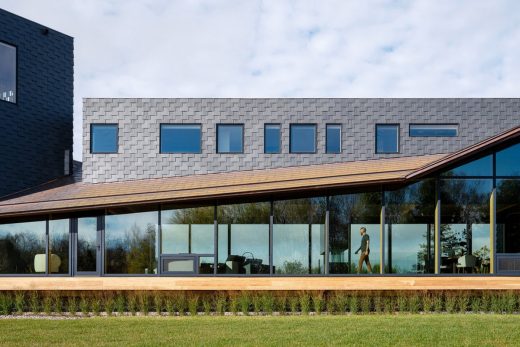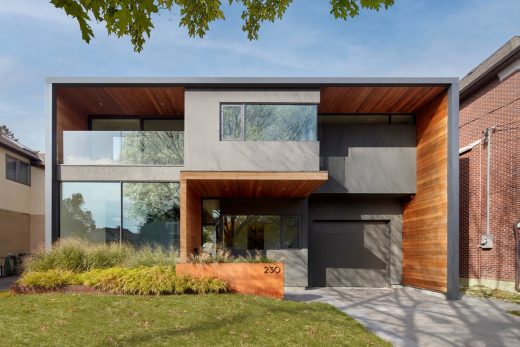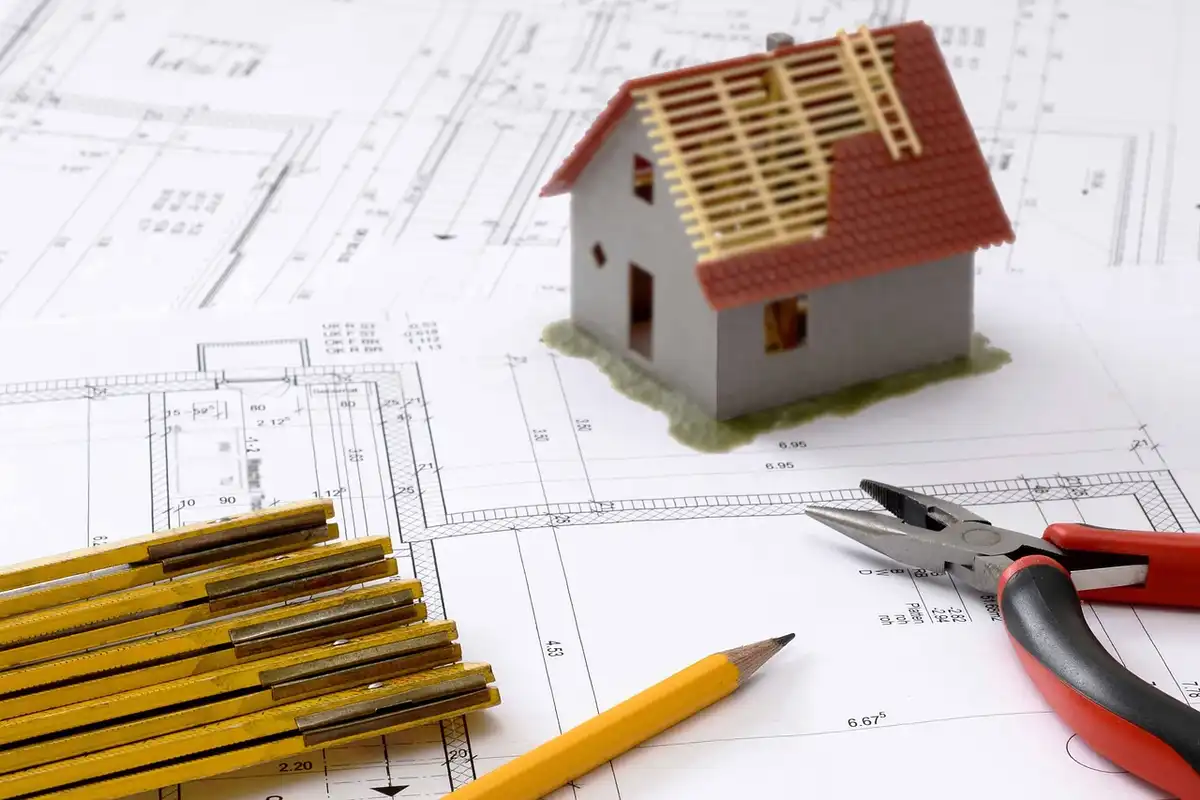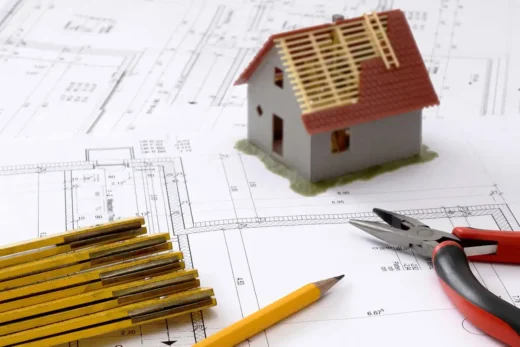The role of prefabrication in sustainable homebuilding, Future house construction, Residential property design
The Role of Prefabrication in Sustainable Homebuilding
14 March 2025
Sustainability is a growing concern in the construction industry, and traditional homebuilding methods have long been criticized for their inefficiencies and environmental impact. Prefabrication, however, is changing the game. By streamlining the construction process and minimizing waste, prefabricated homes offer a sustainable alternative that’s gaining momentum.
If you’re looking to build a home that is eco-friendly, cost-effective, and constructed in a fraction of the time, prefab construction might be the answer. Let’s explore how this is revolutionizing the housing industry and why more builders and homeowners are going the prefab route for a greener future.
Reducing Waste in Construction
One of the biggest environmental advantages of prefabrication is the ability to significantly reduce material waste. Traditional construction sites generate massive amounts of excess materials, from wood and drywall to insulation and concrete. Much of this waste ends up in landfills, contributing to pollution and unnecessary resource consumption. Prefabrication, on the other hand, operates in a highly controlled factory setting where materials are measured and cut with precision.
By using advanced technology like CNC machines and automated cutting tools, prefab manufacturers optimize material usage, minimizing scrap and repurposing offcuts for other projects. Additionally, factory-based construction allows for efficient recycling of excess materials, reducing the amount of waste that would otherwise be discarded.
Since components are built in a climate-controlled environment, there’s also less risk of damage from weather conditions, vandalism, or theft – all common problems on traditional construction sites. This controlled approach ensures that fewer materials go to waste and that the environmental footprint of each home is significantly smaller.
Speeding Up Construction Timelines
If you’ve ever experienced – or even witnessed – a traditional home build, you know how long and unpredictable the process can be. Delays due to weather, labor shortages, and supply chain disruptions can stretch a project’s timeline by weeks or months. Prefabrication eliminates many of these uncertainties by shifting much of the construction process to a factory setting, where homes are built in sections before being transported to the final site for assembly.
Because prefab components are constructed in a controlled environment, work can continue uninterrupted, regardless of weather conditions. This means that homes can be completed much faster – often in a matter of weeks rather than months. For homeowners, this means moving in sooner. For builders, it allows for more projects to be completed within the same timeframe, leading to increased efficiency and profitability.
Energy Efficiency in Prefabricated Homes
Beyond reducing waste and speeding up construction, prefab homes are often designed with energy efficiency in mind. Many modular home manufacturers integrate sustainable materials and energy-saving features into their designs, such as:
- Better insulation.Prefab homes often include tighter seals and high-quality insulation, reducing heat loss and improving overall energy efficiency.
- Solar panel integration. Many prefab models are designed to incorporate solar panels easily, allowing homeowners to generate their own clean energy.
- Sustainable materials. Many prefab manufacturers use eco-friendly building materials, such as recycled steel, reclaimed wood, and non-toxic insulation, reducing the home’s environmental impact from the outset.
These energy-saving features help reduce long-term energy costs while lowering the home’s overall carbon footprint. Prefabricated homes are often built to exceed energy efficiency standards, making them an excellent choice for environmentally conscious homeowners.
Transporting Prefab Construction to the Jobsite
While prefab homes are built in a factory, they still need to be transported to their final location. This is where logistics play a crucial role in ensuring efficiency and sustainability. Construction companies rely on well-maintained fleets to transport modular components from factories to build sites, ensuring just-in-time delivery and reducing delays.
Properly maintained fleets are able to operate efficiently and cost-effectively. And with the right logistics in place, it’s possible to reduce fuel consumption and keep costs down.
Without a well-organized transportation strategy, even the most sustainable prefab projects could face logistical challenges that compromise efficiency and increase costs. This highlights the importance of investing in reliable vehicle fleets and using advanced tracking technology to ensure that every step of prefab homebuilding is accounted for.
Lowering Construction’s Carbon Footprint
Traditional construction is responsible for a significant portion of global carbon emissions, largely due to the energy-intensive production of materials like concrete and steel, as well as the fuel consumption associated with transporting materials and running heavy machinery on-site. Prefabrication addresses these issues by streamlining the building process and reducing unnecessary energy expenditures.
Since modular homes are built off-site in a controlled environment, the amount of transportation required to bring materials to a job site is significantly lower than in traditional construction. This means fewer delivery trucks on the road and less fuel burned. Plus, prefab homes are often designed to be lightweight, requiring fewer heavy-duty transport vehicles to move the components.
Are Prefab Homes the Future?
There’s certainly a case to be made that a custom built home is much more unique and creative than a prefabricated home. However, it’s difficult to deny the eco-friendly benefits and ease with which the latter can be constructed.
Thus, it should come as no surprise that prefabricated houses will play a key role in both the present and future of construction!
Comments on this guide to The Role of Prefabrication in Sustainable Homebuilding article are welcome.
New Canadian Houses
Contemporary Canadian Residences – recent selection from e-architect:
Forest Retreat, Caledon, Ontario
Architecture: Kariouk Architects

photo : Scott Norsworthy
Forest Retreat, Caledon, Ontario property
Shift House, North York, Ontario
Architects: Dubbeldam Architecture + Design

photo © Shai Gil
Shift House, North York, Ontario property
Canadian Building Designs – architectural selection below:
Building Articles
Residential Architecture
Comments / photos for the The Role of Prefabrication in Sustainable Homebuilding page welcome







